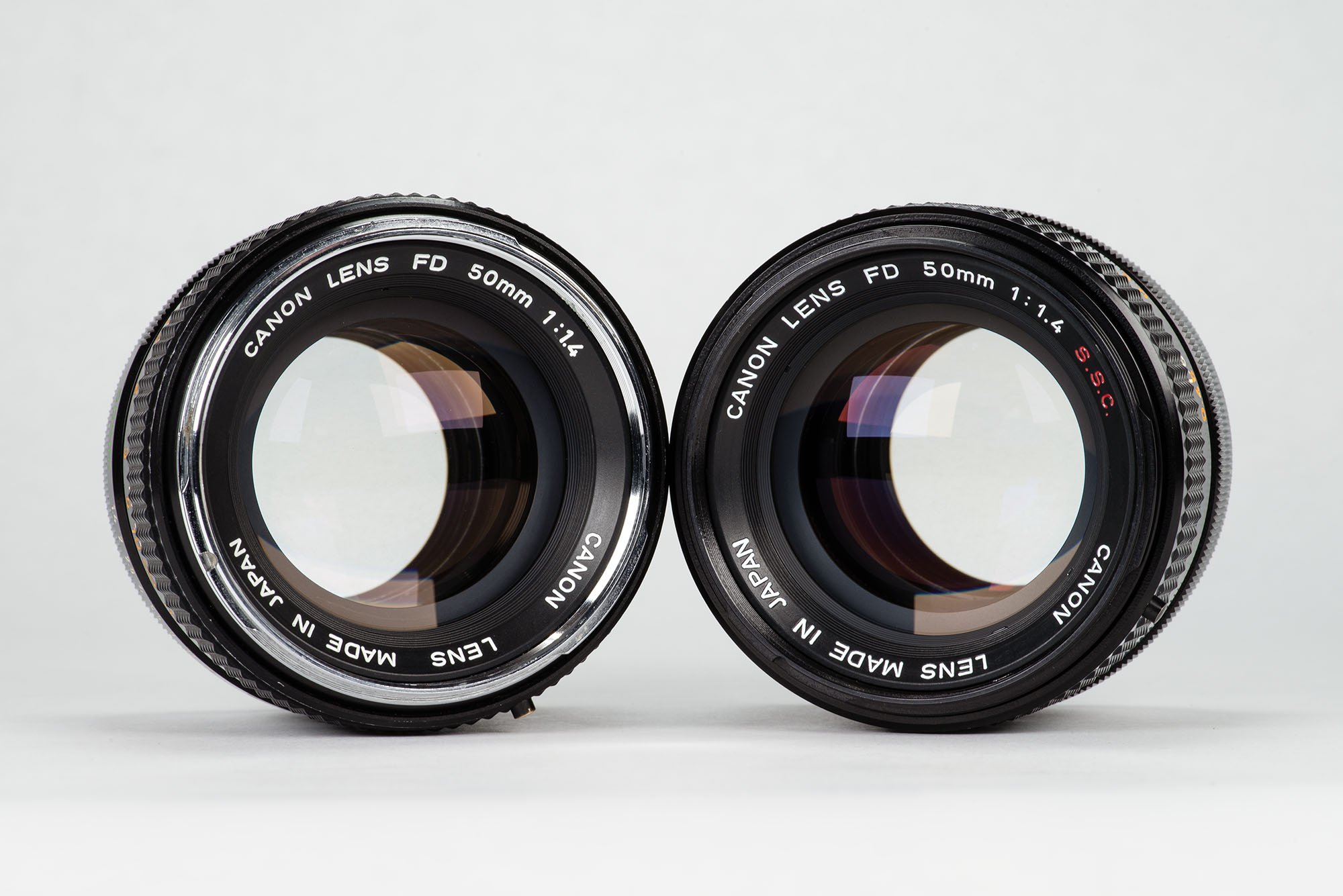My Top 10 Favorite Lenses for Film Photography
Photography, particularly when captured on the nostalgic medium of film, is more than just a hobby or profession; it's a deeply personal odyssey. Each click of the shutter is a whispered secret, a frozen moment, a story waiting to be told. The choice of lens, much like a writer's pen, plays an instrumental role in how these tales unfold. Through the years, my journey has taken me across the vast landscapes of optics, from wide angles that drink in panoramas to telephotos that magnify the minutiae. The lenses I've chosen to share today aren't just tools; they're confidants, having been with me through moments of elation, introspection, and profound discovery. Here’s a detailed exploration of these cherished companions that have, time and again, helped me paint light onto film.
10. Pentax SMC 50mm f/1.7
From my very first roll shot using this lens, it was clear that the Pentax SMC 50mm f/1.7 was a keeper. Celebrated for its sharpness even at wider apertures, this lens truly brought subjects to life. The value proposition was unmatched, offering premium optics without breaking the bank.
Pros: Distinctly sharp, highly affordable, and renders vibrant, life-like colors.
Cons: Manual focusing on some copies can be a bit on the tighter side, requiring a gentle touch.
9. Nikkor 35mm f/2 AI
With a legacy rooted in Nikon’s illustrious history, the Nikkor 35mm f/2 AI quickly became my go-to for street and candid photography. Its reliability under varied conditions, paired with its crisp results, never ceased to amaze me.
Pros: Compact design, consistent performance across the board, and a natural, nuanced color palette.
Cons: At wider apertures, there might be slight vignetting, but it often added a vintage charm to the frame.
8. Minolta MD Rokkor-X 50mm f/1.4
A beacon in the Minolta lineup, this lens was love at first sight (or shot!). Its enchanting bokeh and razor-sharp focus made it an instant favorite, ideal for those intimate portraits where every detail mattered.
Pros: Lusciously creamy bokeh, robust construction, and a sharpness that punches well above its weight.
Cons: Direct light can sometimes introduce lens flare, but often this added an artistic touch to the frame.
7. Olympus Zuiko OM 50mm f/1.8
Both budget-friendly and packed with performance, this lens was a revelation. It consistently delivered shots that belied its price point, making it a mainstay in my camera bag.
Pros: Lightweight, rendering sharp images with a high contrast that makes subjects pop.
Cons: Shooting wide open in high-contrast situations can occasionally result in chromatic aberration.
6. Zeiss Planar T 50mm f/1.4 ZF*
The allure of Zeiss is undeniable, and the Planar T* 50mm f/1.4 ZF epitomized that. With each frame, I was captivated by its signature Zeiss colors, the deep contrasts, and the almost 3D-like image quality.
Pros: Stellar micro-contrast, built like a tank, and a color pop that brought scenes to life.
Cons: On the pricier side, but every shot justified the investment.
5. Leica Summicron-M 35mm f/2
Leica’s reputation precedes it, and the Summicron-M 35mm f/2 was a testament to their optical prowess. Its unparalleled sharpness and the characteristic Leica image rendering made every shot an artwork.
Pros: Sleek, compact design, jaw-dropping sharpness, and a unique image signature.
Cons: Comes with the premium Leica price, but the results are nothing short of magical.
4. Contax Zeiss Planar T 45mm f/2*
Pairing Zeiss's legendary optics with the Contax mount resulted in this masterpiece. Every image captured had an ethereal quality, from its sharpness to its vibrant color rendering, making it a joy to use.
Pros: Exceptional sharpness, buttery bokeh, and colors that are both vibrant and true-to-life.
Cons: It's a bit of a rare find and can command a premium on the second-hand market.
3. Voigtlander Nokton 50mm f/1.2
The first time I used the Voigtlander 50mm f/1.2, it was evident this lens was crafted for those cherished low-light moments. Its speed, paired with its outstanding optical performance, rendered images that were both sharp and full of character.
Pros: Impressively sharp even at its widest aperture, a dreamy bokeh that adds depth, and colors that are both vibrant and natural.
Cons: A bit on the heavier side, but the results more than make up for the added heft.
2. Canon 50mm F/1.4 FD
A true classic in every sense, the Canon FD 50mm f/1.4 quickly became my trusty companion. Its sharpness, versatility, and that distinct vintage appeal made it a lens I'd always return to, time and again.
Pros: Razor-sharp, built to last, and delivers a field of view that's just perfect for a variety of scenarios.
Cons: The older design means you need to be a bit mindful of flares, but a lens hood usually takes care of that.
1. Voigtlander Nokton Classic 35mm f/1.4 II
There's something about the Voigtlander 35mm f/1.4 that's simply poetic. Its compact design belies its optical brilliance. Each image, from landscapes to portraits, is imbued with a depth and vibrancy that's hard to describe but a joy to behold.
Pros: Impeccably compact, renders colors in a way that's both rich and authentic, and delivers bokeh that's both smooth and distinct.
Cons: Some might argue about its softness wide open, but to me, it adds a nostalgic, dreamy touch that's hard to replicate.
In conclusion, choosing a lens for film photography transcends the realm of mere technical jargon and enters the sphere of sensory experiences and emotional connections. It's akin to a musician's bond with their instrument or a writer's affinity to their favored pen. When you hold that lens, it's not just about its weight or design but the familiarity of its curves, the texture under your fingertips, and the anticipation of the masterpieces you'll create together. The stories that a lens can help craft are often tinged with its own character, coloring memories with its unique hue. While the lenses I've shared are those that have harmonized beautifully with my photographic symphony, every individual's melody is unique. For the blossoming film photographer, the vast world of optics is a playground. Venture forth, experiment, and find those lenses that amplify your voice, reflect your visions, and resonate with the beat of your creative heart. Remember, in the enchanting dance of photography, every step, every click, every moment is part of the journey. Let's not merely chase destinations but savor every step along the way. Here's to many frames filled with magic and memories. Happy shooting!
*Some links in this post are affiliate links, which means I may earn a small commission if you make a purchase at no extra cost to you.












